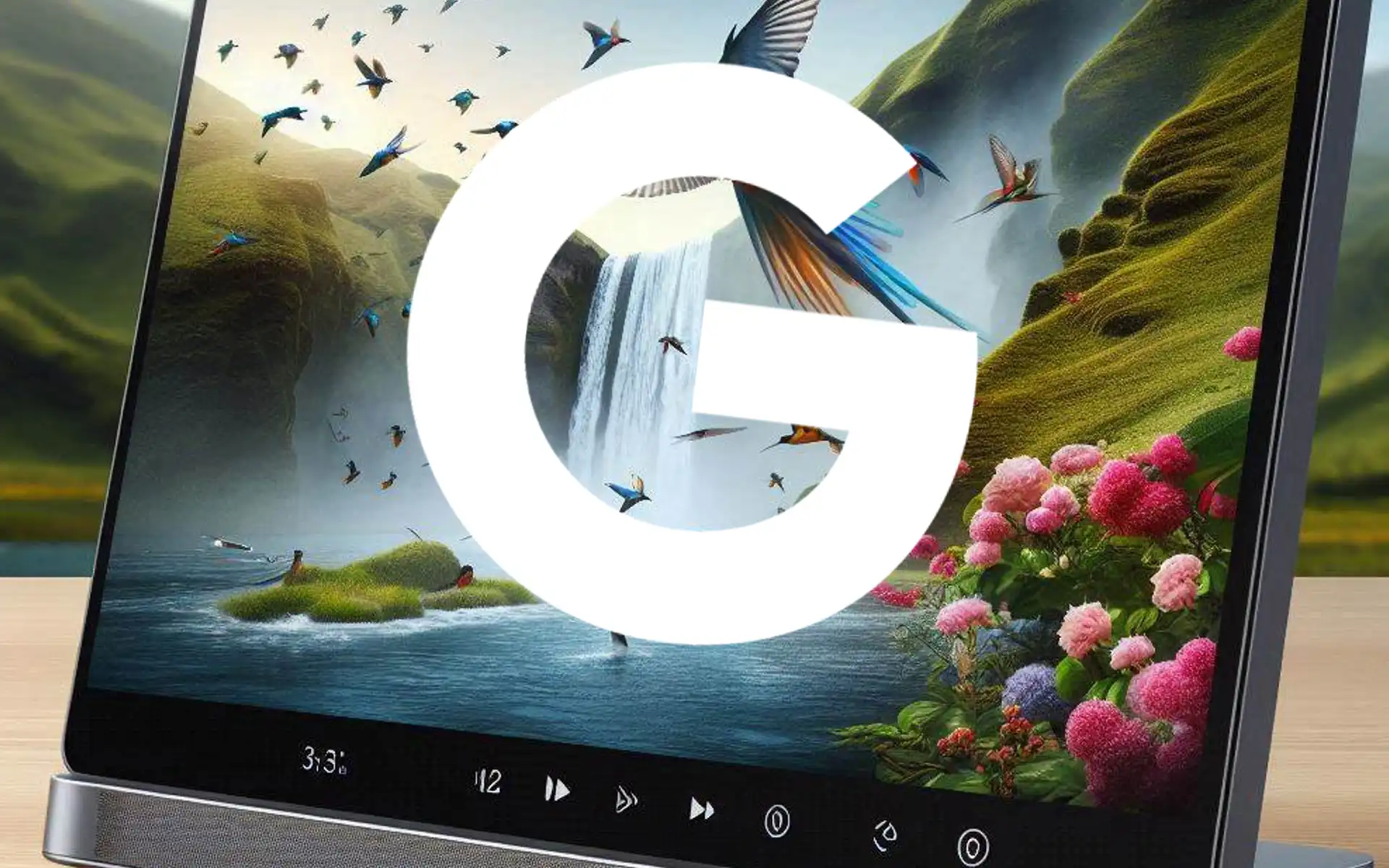Google updates video inventory policies: Key changes for AdSense publishers
Google announces significant changes to video inventory policies, affecting AdSense publishers starting September 23, 2024.

Google today unveiled plans to restructure its Policies for video inventory, marking a significant shift for AdSense publishers. The changes, set to take effect on September 23, 2024, will see the existing policies moved from the Google Publisher Policies to a new section under the Google Publisher Restrictions, renamed as "Video inventory restrictions."
According to the announcement, this reclassification carries important implications for content creators and publishers. Video inventory containing restricted content, as outlined in the new Video inventory restrictions, may experience reduced advertising compared to non-restricted content. This change underscores Google's ongoing efforts to refine its advertising ecosystem and maintain a balance between publisher monetization and advertiser preferences.
One crucial aspect of this update is that Google Ads will continue its current practice of not serving ads on any video inventory that contains content restricted under the new Video inventory restrictions. This policy maintains consistency in Google's approach to content moderation and ad placement.
The announcement also detailed editorial updates to specific sections of the Video inventory restrictions, aimed at improving clarity and readability. These revisions do not alter the fundamental requirements but provide better guidance for publishers.
A key clarification pertains to video inventory controls. The updated policy states that controls such as play, pause, mute, skip, or dismiss buttons, as well as ad content or controls, must not be obstructed, hidden, or non-functional. However, Google has added an important nuance to this rule. Controls that are activated or displayed as a result of a single user action – such as scrolling, hovering over, tapping, or swiping the screen – are not considered obstructed, hidden, or non-functional. This clarification acknowledges the diverse ways in which users interact with video content across different devices and platforms.
Another significant update addresses the behavior of In-stream or Accompanying Content placements that transition to a sticky placement. The policy now explicitly requires that the video player must start in the main content area and only transition to a sticky placement as the user scrolls the video player off the page. This change aims to improve user experience by ensuring that video content does not abruptly appear in a sticky format without user initiation.
To fully understand these changes, it's important to revisit the definitions of various video inventory types as outlined in Google's policies:
- In-stream placements refer to video or audio ads played within the stream of video or audio content that is the focus of the user's visit or explicitly requested by the user. An example would be a pre-roll ad before a user-requested video.
- Accompanying Content placements are video ads played within video content that accompanies the main content of the user's visit but is not the primary focus. These placements must load within the body of the page and be muted by default. An example would be a video ad playing alongside a primarily text-based article.
- Interstitial placements are video ads played without other streaming video content, typically during transitions between content. These ads are usually the primary focus of the page and occupy most of the viewport.
- Standalone placements are video ads played without other streaming video content but are not the main focus of the page. An example would be a video ad placed in a sidebar banner on an article page.
These definitions play a crucial role in how publishers implement and monetize their video content. The recent policy updates further refine the guidelines for these placement types, particularly for In-stream and Accompanying Content placements that use sticky formats.
The policy changes also reiterate important rules regarding autoplay functionality. Only one piece of Video Inventory across all placement types may autoplay with sound at any given time. For In-stream or Accompanying Content placements, only one video player may autoplay in view at any time. Additionally, ads must not autoplay until at least 50% of the ad unit is visible, ensuring that users are not unexpectedly bombarded with audio content.
Google's announcement emphasizes that while these policies set minimum guidelines for monetizing video inventory, different implementations and signals may result in varying levels of monetization from different buyers. The company advises partners to experiment with different setups to optimize their monetization strategies.
It's worth noting that these policy changes come at a time when video content consumption continues to surge across various platforms. As user behaviors evolve and new technologies emerge, advertising platforms like Google must adapt their policies to ensure a balance between user experience, publisher revenue, and advertiser value.
The upcoming changes underscore the importance for AdSense publishers to stay informed about policy updates and to regularly review their video inventory implementations. Publishers should take this opportunity to audit their current video ad placements and ensure compliance with the new restrictions before the September 23, 2024 implementation date.
Key facts of Google's announcement
The Policies for video inventory will be moved to Google Publisher Restrictions as "Video inventory restrictions" on September 23, 2024.
Video inventory with restricted content may receive less advertising.
Google Ads will not serve on video inventory containing restricted content.
Video and ad controls must not be obstructed, hidden, or non-functional, with exceptions for controls activated by user actions.
In-stream or Accompanying Content placements transitioning to sticky formats must start in the main content area.
Only one Video Inventory may autoplay with sound at any time.
Ads must not autoplay until at least 50% of the ad unit is visible.
Publishers are advised to experiment with different setups to optimize monetization.

